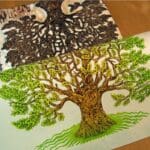Recent Posts
Return to: Collage Art Group
Collage is a technique of art...
Asolid page of text can be...
Frederick Hovey, “Spooky’s Tail feathers, Collage...
image-loaded fragments: close up shot A...
Detail of Samuelle Green’s “Marshmallow Polypore...
Photography & Digital Art
Recent Posts
Return to: Photography & Digital Art Group
A cardiologist by day, Surf Durrani...
Now in its fifth year, Close-up Photographer...
Like the seasons themselves, Jamie Scott’s...
LONDON — The first image at...
For much of the past decade,...
Anyone who has spent a minimum...
For more articles and information on this, please click here to visit Abstraction Academy “News & Events“.
Recent Posts
Return to: Representational & Figurative Art Group
MIAMI — At first, the three...
MINORU NOMATA’S TIMELESS ARCHITECTURAL LANDSCAPES Born...
Shortly after the Renaissance swept through...
Nicole Eisenman’s first major retrospective in...
Brazilian artist Matheus Macedo is known...
While David Hockney is best known...
For more articles and information on this, please click here to visit Abstraction Academy “News & Events“.
Recent Posts
Return to: 3D & Sculpture Art Group
Featured image: “Locus Amoenus” at Ateneo...
Crystal-clear layers of aqua-tinted glass form...
Since the 1960s, British artist Antony...
Gracefully stacked atop humble wooden shapes,...
This year’s sculpture exhibition brings together...
A bridge in the middle of...
For more articles and information on this, please click here to visit Abstraction Academy “News & Events“.
Studio Drift
Featured image: “Midnight” (2024), acrylic on...
Featured image: mage © Joanne Greenbaum,...
Featured image: Maia Ruth Lee, “B.B.Earth”...
Featured image: the glass easels on...
Featured image: “Ladder Tree” in progress...
Light, both a fundamental aspect of...
For more articles and information on this, please click here to visit Abstraction Academy “News & Events“.


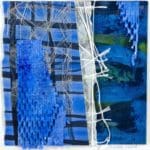



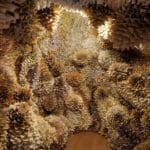



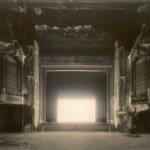


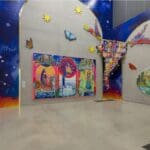



![Artist Shares Secrets of How To Draw Incredibly Realistic Portraits [Interview]](https://artistvenu.studio/wp-content/uploads/2023/12/Screenshot_242-150x150.jpg)












